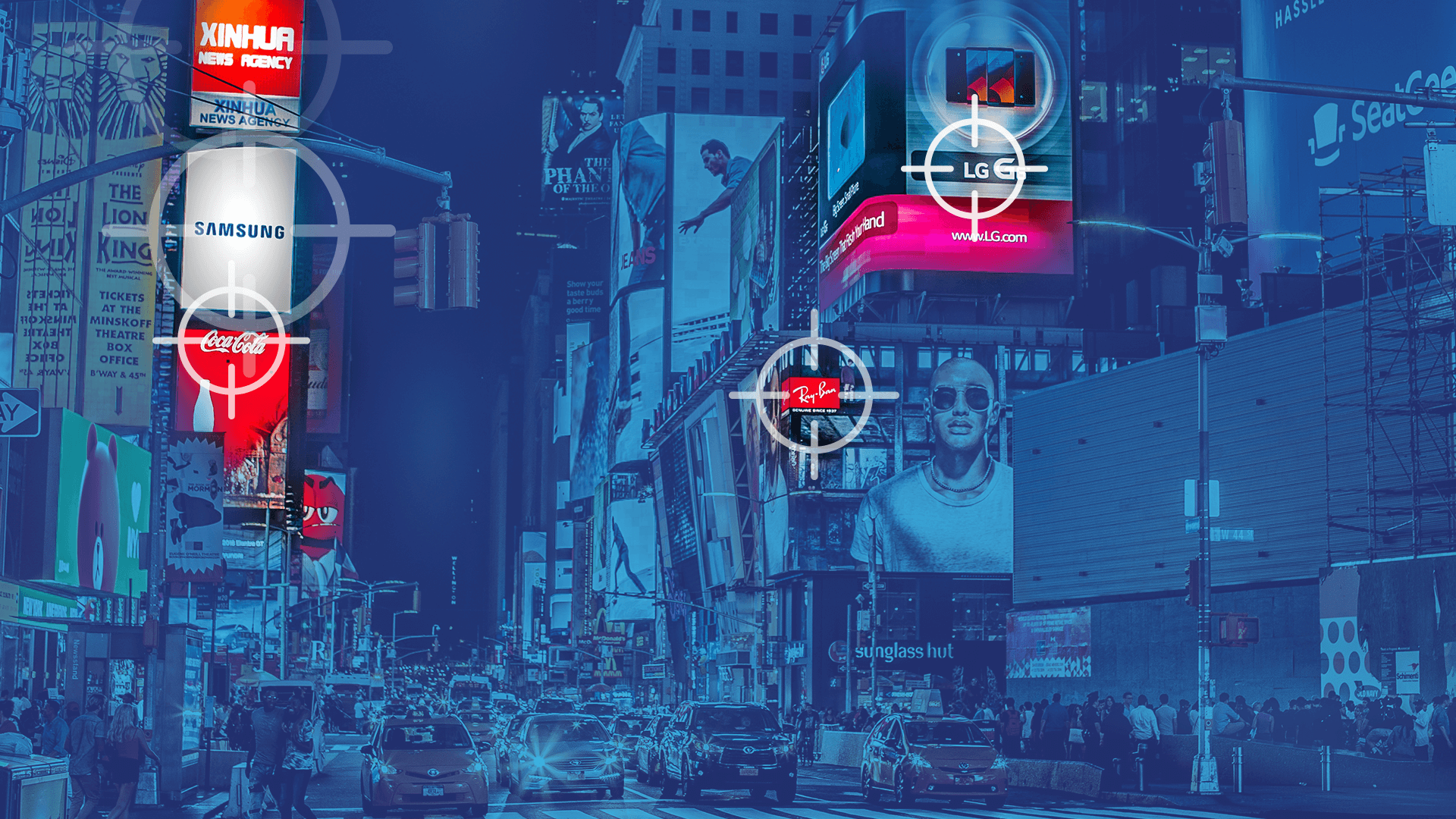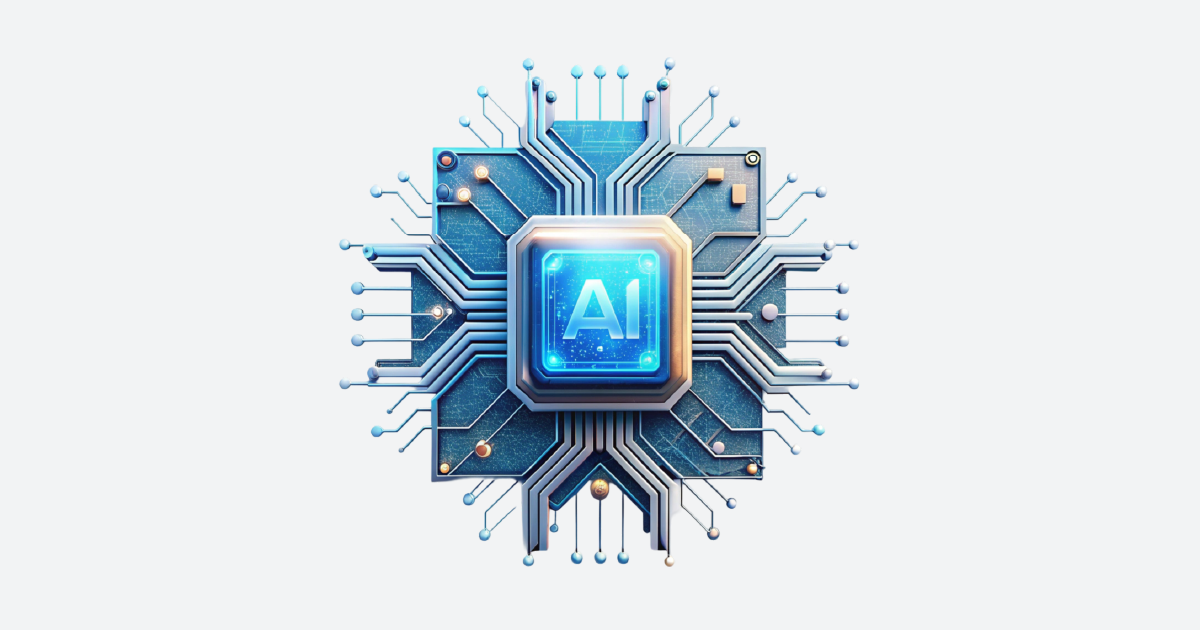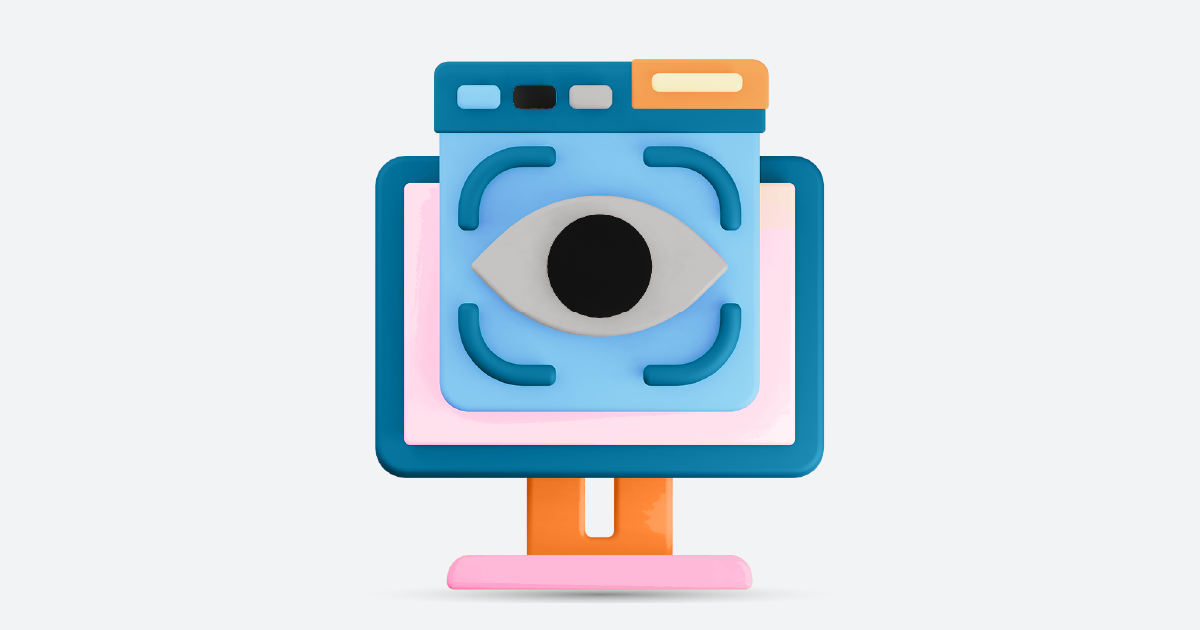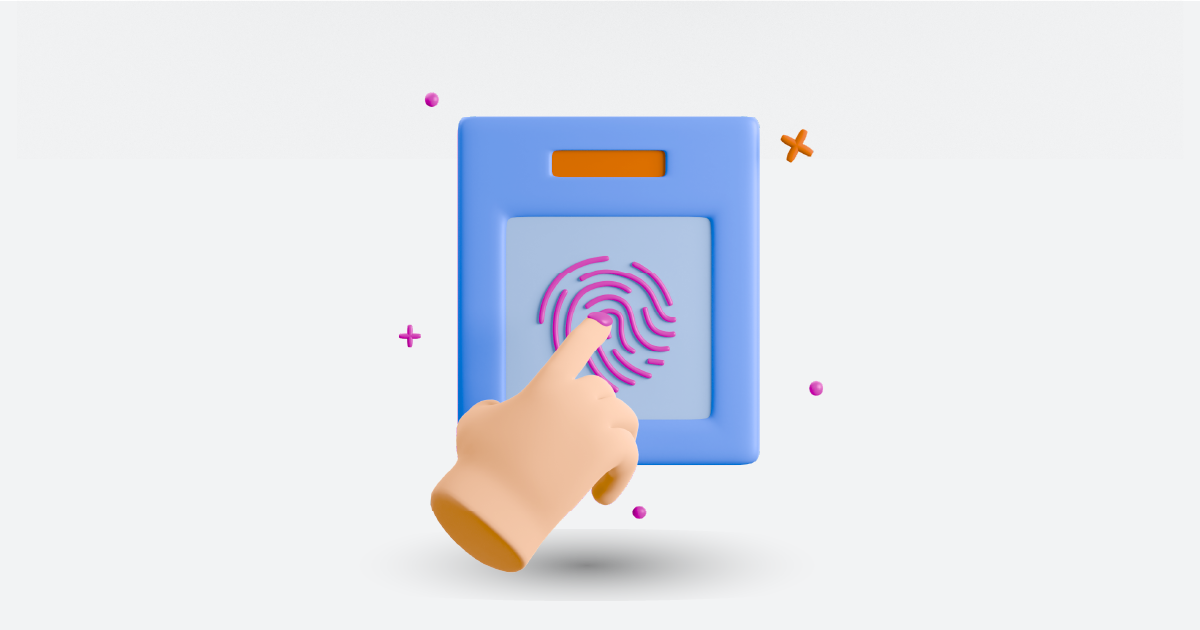In today’s digital world, logos play a vital role in establishing brand identities. They are the visual representation of a company’s values, products, and services. With the growing prominence of logos, logo recognition tools have emerged as valuable assets for businesses. In this article, we will explore the significance of logo recognition, discuss various types of logo recognition tools available, compare their features, and delve into how businesses can leverage these tools to their advantage.
Importance of Logo Recognition
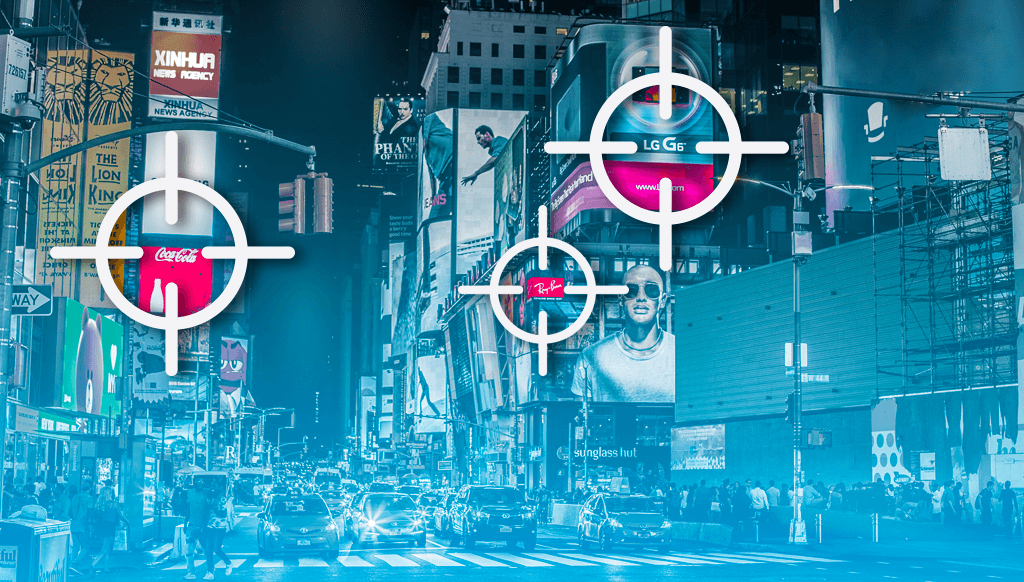
Logos are the face of a brand, and their recognition is crucial for building brand awareness and fostering customer loyalty. Logo recognition tools use cutting-edge technologies like computer vision and machine learning to identify and analyze logos in images, videos, and other visual content. By accurately recognizing logos, businesses can monitor the brand’s presence, track marketing campaigns, and protect their brand from unauthorized usage. Logo recognition also enables brands to gain valuable insights into customer behavior and sentiment.
Types of Logo Recognition Tools
Image-based Logo Recognition Tools: These tools analyze images and identify logos based on their visual features. They employ techniques like feature extraction, pattern recognition, and deep learning algorithms to achieve high accuracy.
- Video-based Logo Recognition Tools: Video-based tools extend logo detection capabilities to moving content. They can detect and track logos in videos, enabling businesses to analyze logo visibility in dynamic environments.
- Real-time Logo Recognition Tools: Real-time logo recognition tools offer instant logo identification using live video streams or camera feeds. They find applications in areas like sports broadcasting, event management, and augmented reality experiences.
- Social Media Logo Recognition Tools: These tools focus on identifying logos within social media posts and platforms. They help brands monitor social media mentions, analyze user-generated content, and assess the impact of marketing campaigns.
Feature Comparison of Logo Recognition Tools
When selecting a logo recognition tool, it’s essential to consider the features they offer. Here are some key aspects to evaluate:
- Accuracy: Look for tools with high precision and recall rates, ensuring reliable logo detection.
- Speed: Consider tools that provide real-time or near-real-time logo detection for efficient monitoring and analysis.
- Scalability: Choose tools that can handle large volumes of data, accommodate growing demands, and adapt to changing business needs.
- Customization: Some tools allow customization to suit specific logo designs or industry requirements, enhancing their flexibility and accuracy.
- Integration: Look for tools that seamlessly integrate with existing systems, such as content management platforms or marketing automation software.
Best Logo Recognition Tools
- LogoGrab: LogoGrab is a popular logo recognition tool that offers high accuracy and real-time capabilities. It provides a user-friendly interface and integrates well with various platforms.
- Clarifai: Clarifai offers powerful image and video recognition APIs, including logo recognition. It provides comprehensive developer resources and supports customization.
- Google Cloud Vision: Google Cloud Vision API includes logo detection as part of its broad range of image analysis functionalities. It benefits from Google’s extensive machine-learning capabilities.
- AIM Insights: AIM Insights provides logo detection capabilities with high accuracy and scalability.
How to Choose the Right Logo Recognition Tool
When selecting a logo recognition tool for your business, consider the following factors:
- Business Needs: Evaluate your specific requirements, such as the volume of visual content, real-time analysis, or social media monitoring.
- Accuracy and Reliability: Choose a tool that consistently delivers accurate results to avoid false positives or negatives.
- Usability and Integration: Consider tools with intuitive interfaces and seamless integration with your existing workflows or platforms.
- Pricing and Support: Compare pricing models and evaluate the level of technical support and documentation provided by the tool’s vendor.
Implementing Logo Recognition in Business
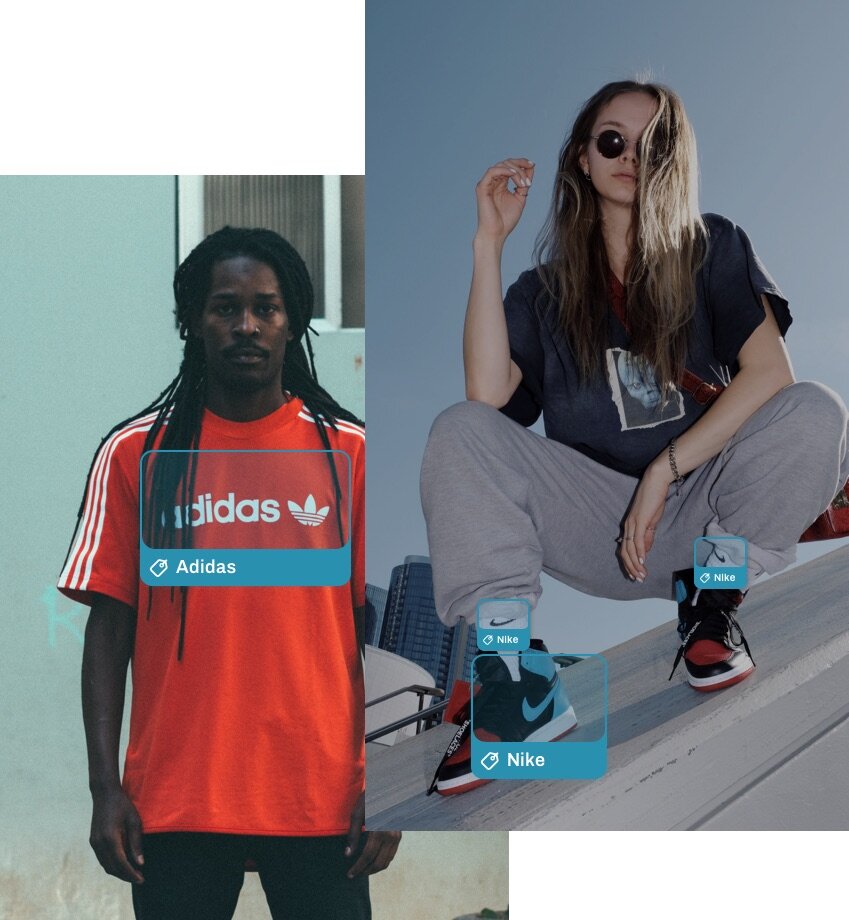
To leverage logo recognition effectively, businesses can follow these steps:
- Data Collection: Gather a comprehensive dataset of images or videos containing your brand’s logos.
- Training: Train the logo recognition tool using machine learning techniques, ensuring it learns to identify your brand’s logos accurately.
- Integration: Integrate the logo recognition tool into your existing systems or workflows, enabling automated logo detection and analysis.
- Monitoring and Analysis: Continuously monitor the brand presence, analyze logo visibility in marketing campaigns, and measure customer engagement.
Benefits of Logo Detection
Logo recognition offers several benefits for businesses:
- Brand Monitoring: Monitor where and how your logo appears across various platforms, ensuring brand consistency and protecting against misuse.
- Marketing Insights: Gain valuable insights into customer engagement, sentiment analysis, and the impact of marketing campaigns involving your logo.
- Competitive Analysis: Analyze competitor logos and their visibility to gain a competitive edge and refine your marketing strategies.
- Enhanced Customer Experience: Utilize logo detection to deliver personalized experiences, augmented reality features, or interactive brand activations.
Case Studies with Record-Breaking Success
Case Study 1: Coca-Cola’s Social Media Monitoring with Logo Recognition
Coca-Cola leveraged a logo recognition tool to monitor their brand presence across millions of social media posts. By using image-based and social media logo detection technologies, they identified and engaged with user-generated content featuring their logo. This campaign boosted their social media engagement by 35% in a single quarter, proving the value of logo detection in enhancing brand interaction.
Influencer Highlight:
“The ability to find your logo in millions of social media posts is like having a pair of super eyes for your brand. Don’t just market; listen and respond.”
— @MarketingGuruJane, Digital Marketing Influencer
Case Study 2: Nike’s Real-Time Sports Event Tracking
Nike used real-time video-based logo recognition to measure their logo’s visibility during international sports events. The insights helped them optimize their sponsorship strategies, leading to a 20% increase in ROI for televised event advertising.
Influencer Insight:
“With real-time logo recognition, brands can measure the impact of their presence on live broadcasts. It’s game-changing.”
— @SportsBrandWizard, Sports Branding Consultant
Case Study 3: Small Business Success: Green Earth Organics
Green Earth Organics, a small organic food company, adopted an affordable logo recognition tool to track their logo in customer photos shared online. The insights revealed popular products and geographic hotspots of their brand presence. By tailoring campaigns to these insights, they saw a 50% increase in local sales.
Influencer Perspective:
“Even small brands can harness AI-driven tools to compete with giants. Logo recognition levels the playing field.”
— @EcoBizExpert, Sustainable Business Advisor
Tweets & Quotes from Influencers
- “Logo recognition is the bridge between a brand and its audience in the visual era. If you’re not tracking your logo, you’re missing half the conversation.”
— @BrandVisionary - “AI-driven logo detection isn’t just a tool; it’s the key to unlocking hidden insights about your brand’s impact.”
— @AITrendSetter - “The future of marketing is visual. Logo recognition tools let you track your brand’s heartbeat in a sea of digital content.”
— @SocialEngagePro - “Your logo is more than a symbol; it’s your brand’s voice in the world. Logo detection ensures you never miss a whisper.”
— @DigitalEraMarketer
Challenges in Logo Detection
While logo recognition tools have advanced significantly, some challenges persist:
- Variability: Logos can have different variations, such as color, size, or orientation, making accurate recognition challenging.
- Contextual Understanding: Logo recognition tools may struggle to identify logos in complex or cluttered backgrounds.
- Logo Manipulation: Malicious actors may alter logos intentionally to deceive recognition systems, requiring ongoing adaptation and improvement.
Future of Logo Detection
As technology evolves, logo recognition tools are expected to become even more sophisticated. Here are some trends to watch for:
- Improved Accuracy: Advancements in computer vision and machine learning will lead to improved accuracy in logo recognition, reducing false positives and enhancing precision.
- Enhanced Contextual Understanding: Future logo detection tools will better understand the context in which logos appear, enabling accurate detection even in complex or cluttered backgrounds.
- Real-time Augmented Reality: Logo recognition will play a crucial role in real-time augmented reality experiences, allowing brands to overlay virtual content seamlessly onto physical objects or environments.
- Multilingual Logo Recognition: As businesses expand globally, logo recognition tools will be developed to identify logos across different languages, increasing their versatility and applicability.
- Integration with Voice Assistants: With the rise of voice-controlled devices and virtual assistants, logo detection could be integrated with voice-based interactions, enabling users to identify logos using voice commands.
FAQs
Q1: Can logo recognition tools identify logos in real time?
- Yes, there are logo detection tools available that offer real-time logo identification capabilities, allowing for immediate analysis and monitoring.
Q2: How accurate are logo recognition tools?
- The accuracy of logo detection tools can vary depending on factors such as the tool’s algorithms, training data, and the complexity of the logos being recognized. It is advisable to choose tools with high accuracy rates for reliable results.
Q3: Can logo recognition tools detect logos on social media platforms?
- Yes, there are logo detection tools specifically designed to identify logos within social media posts and platforms. These tools can help businesses monitor social media mentions, user-generated content, and the impact of their marketing campaigns.
Q4: Is logo recognition limited to static images, or can it identify logos in videos as well?
- Logo detection tools have evolved to include video-based recognition capabilities. They can detect and track logos in videos, enabling businesses to analyze logo visibility and engagement in dynamic environments.
Q5: How can logo recognition benefit businesses in terms of customer experience?
- Logo recognition can enhance the customer experience by enabling personalized interactions, augmented reality features, and interactive brand activations. By leveraging logo detection, businesses can deliver more engaging and tailored experiences to their customers.
Conclusion
In conclusion, logo recognition tools have become indispensable for businesses seeking to monitor brand presence, analyze marketing campaigns, and gain valuable insights into customer behavior. With a wide range of logo recognition tools available, it is essential for businesses to consider factors like accuracy, speed, scalability, customization, and integration when choosing the right tool.
To experience the power of logo detection firsthand, we invite you to request a demo from AIM Technologies. Our cutting-edge logo recognition solution offers advanced features and seamless integration, empowering businesses to unlock the full potential of visual identification. Don’t miss out on the opportunity to revolutionize your brand monitoring and marketing strategies.
